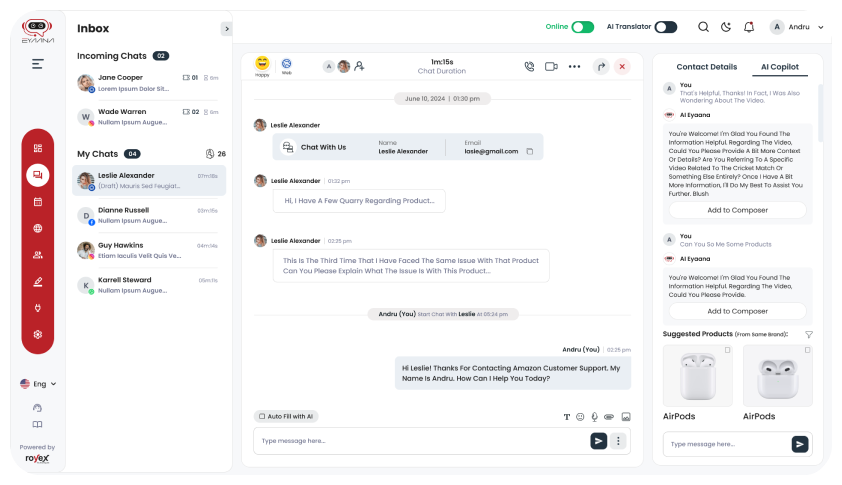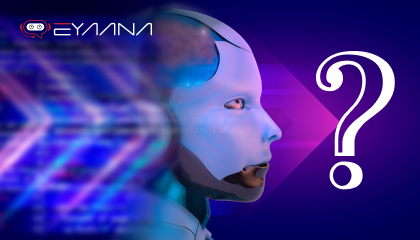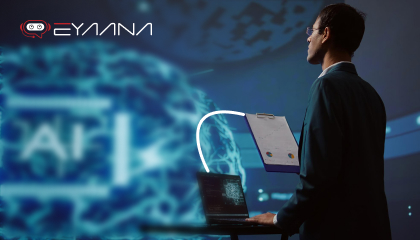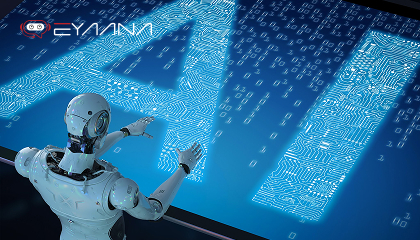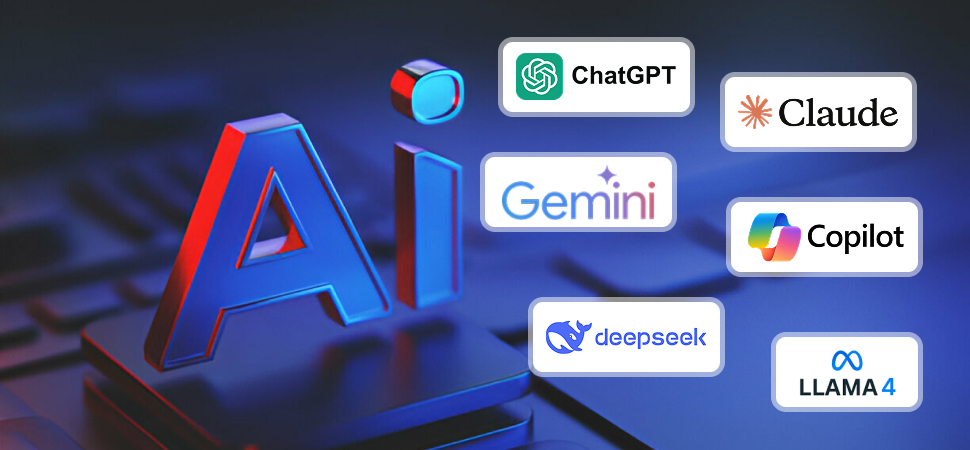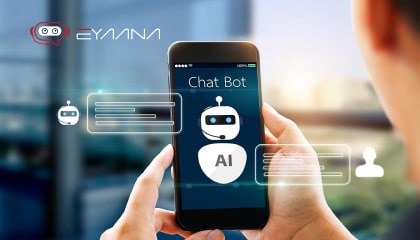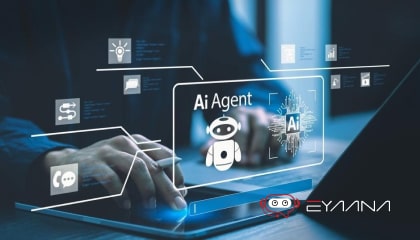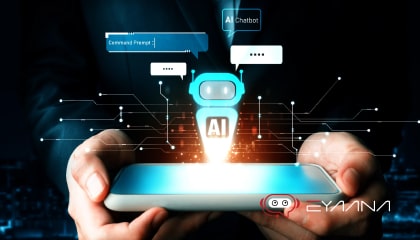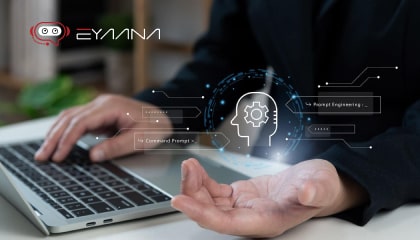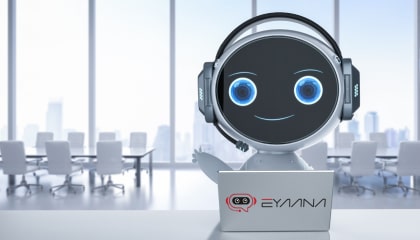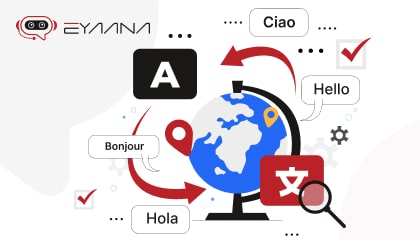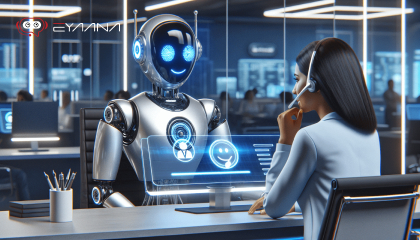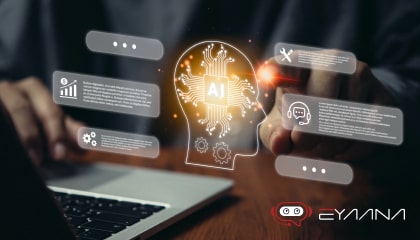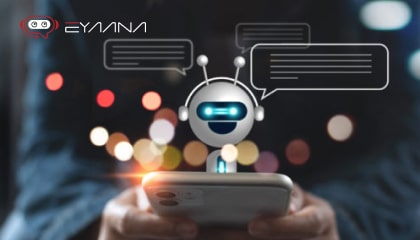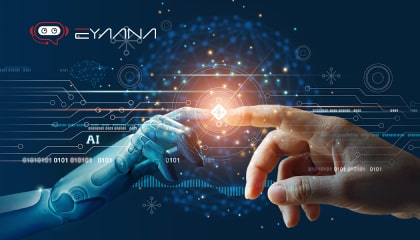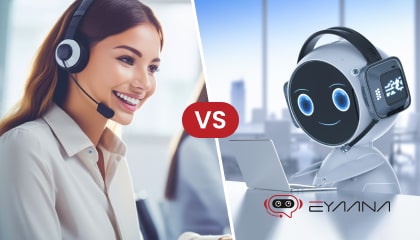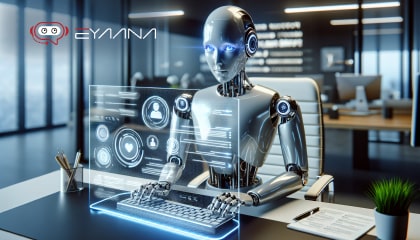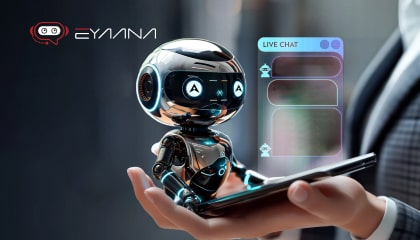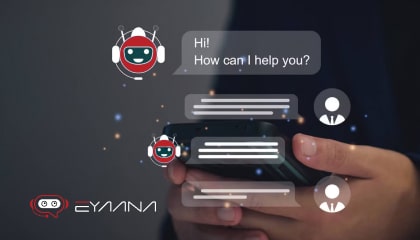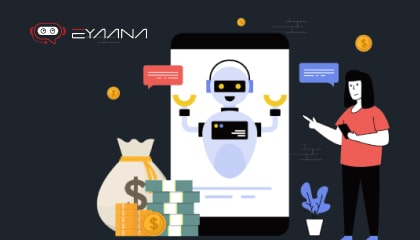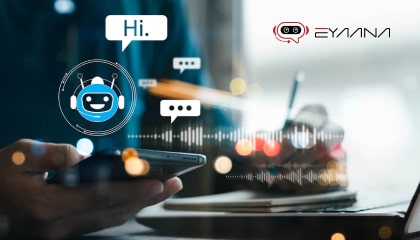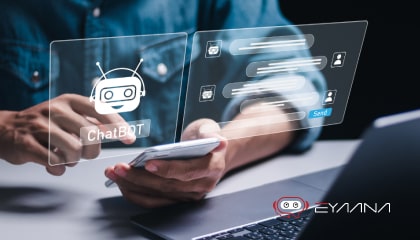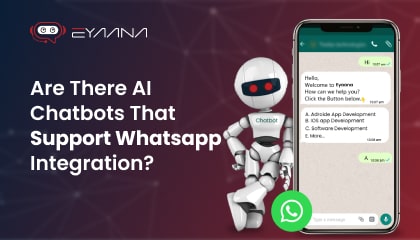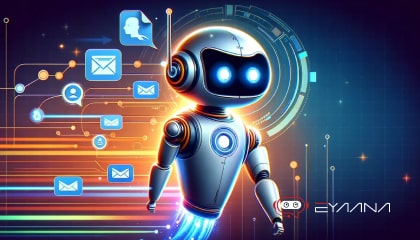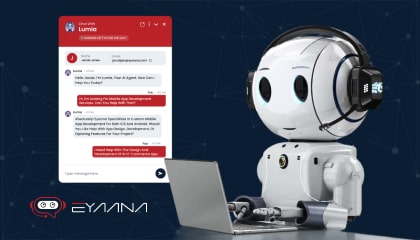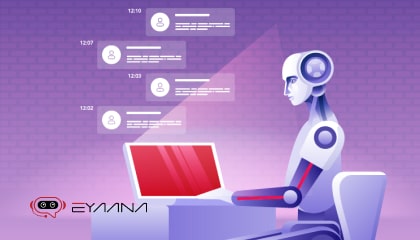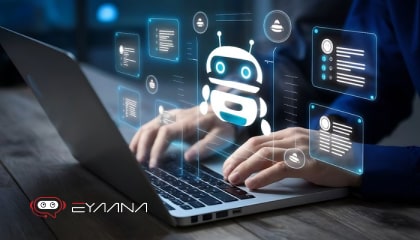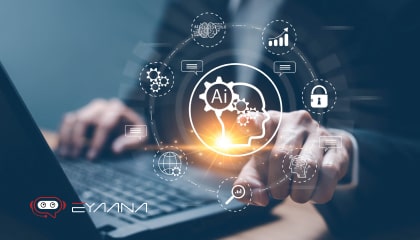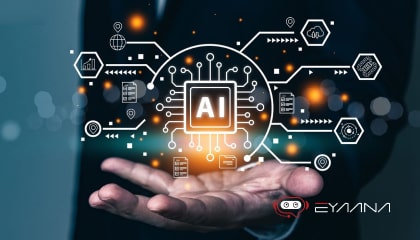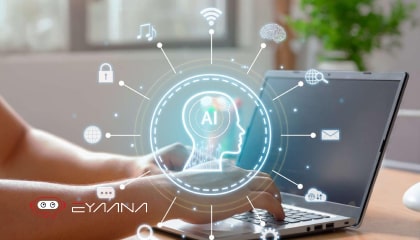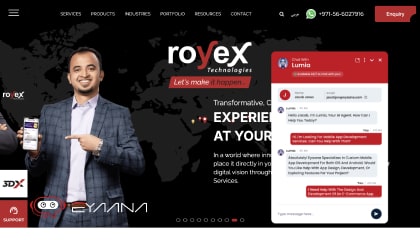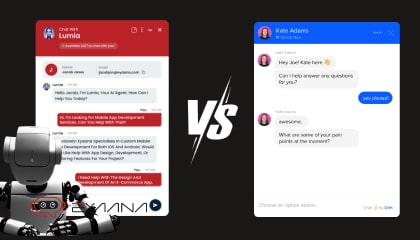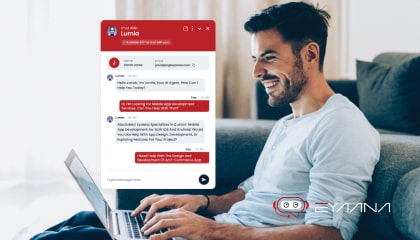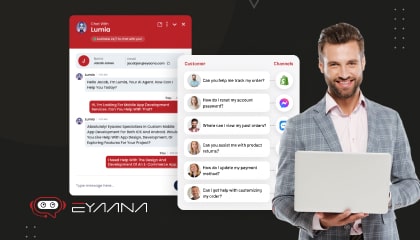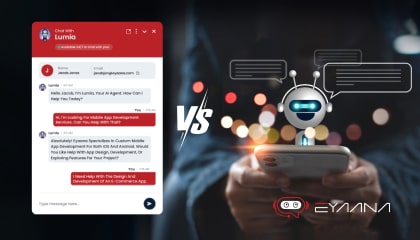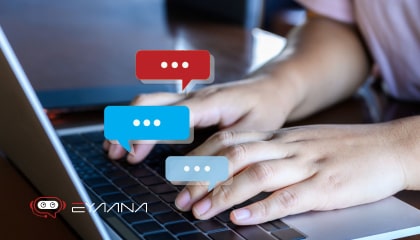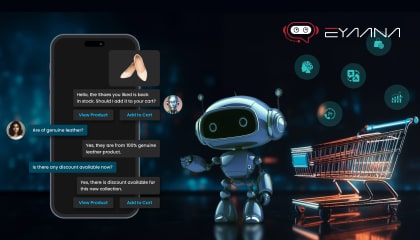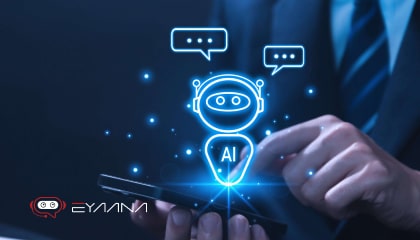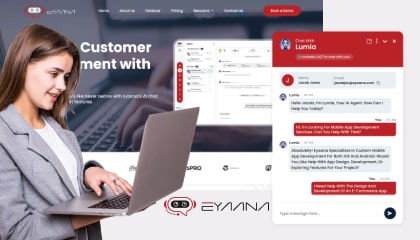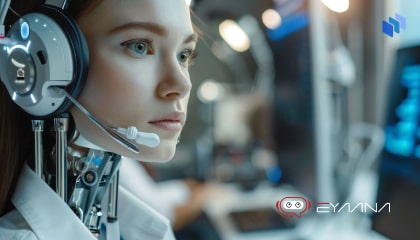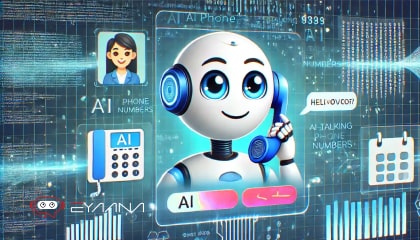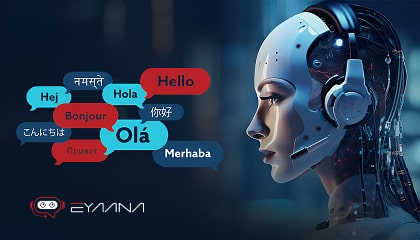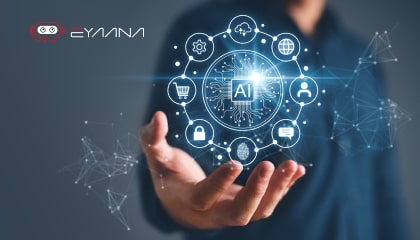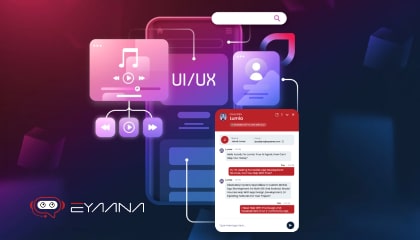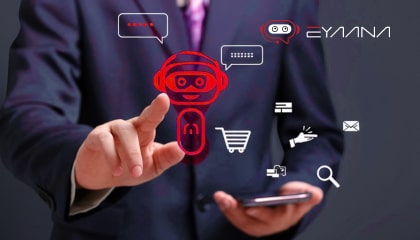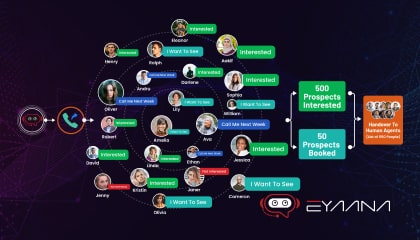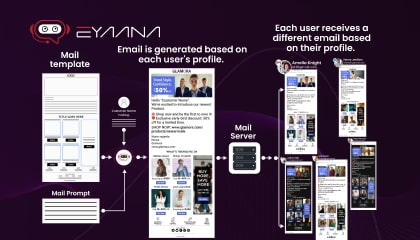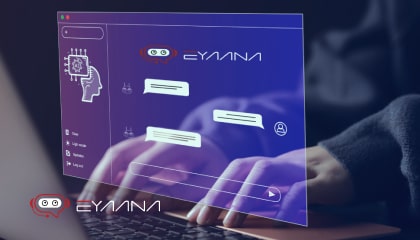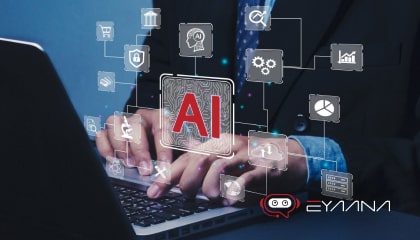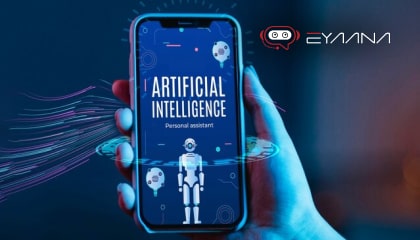Enquiry
Blog Details
What Makes A Successful AI Chatbot Experience?
AI chatbots have rapidly become an integral part of our daily digital interactions, whether we’re seeking information on a website, purchasing a product, or booking an appointment. These intelligent tools have revolutionized how businesses communicate with customers, offering quick, accessible, and efficient ways to address queries. As technology continues to advance, AI chatbots are improving in their ability to understand user intent, making it possible for them to handle a wide variety of tasks from answering frequently asked questions to guiding users through complex processes.
However, not all AI chatbots are created equal. The difference between a successful chatbot and one that leaves users frustrated often lies in the quality of the interaction. A truly effective AI chatbot is one that makes users feel heard, understood, and valued. It’s not just about providing an answer; it’s about ensuring that the user’s experience is seamless, engaging, and efficient. So, what are the key factors that contribute to a chatbot’s success? Let’s dive deeper and explore what makes an AI chatbot truly effective in delivering a positive user experience.
Key Elements of a Successful AI Chatbot Experience
![key-elements-of-a-successful-ai-chatbot-experience-min[1].jpg](/media/3soi0vkc/key-elements-of-a-successful-ai-chatbot-experience-min-1.jpg)
Now that we have a basic understanding of what an AI chatbot is, let’s explore what makes a chatbot experience truly successful.
1. Clear and Friendly Communication
One of the most important factors in a successful chatbot experience is the chatbot’s ability to communicate clearly and effectively. A good ai chatbot app should be easy to understand, using simple language and avoiding jargon. It should also respond in a friendly and polite manner. After all, nobody likes a robot that sounds cold or confusing!
When a user interacts with a chatbot, they should feel like they are having a natural conversation. If the chatbot uses simple, engaging language and responds quickly, it creates a more pleasant experience for the user.
Example: If you ask a chatbot about a product, a good response would be, “Sure! Let me show you our best-selling product in that category. Do you want more details or are you ready to check out?”
2. Quick and Accurate Responses
Nobody likes waiting around for an answer, especially when they're online looking for quick help. One of the key signs of a successful chatbot experience is its ability to respond quickly and provide accurate answers. When you ask a question, you want to get a response right away that addresses your needs.
AI chatbots powered by Natural Language Processing (NLP) are great at understanding the context of your message and providing relevant answers. A chatbot that can quickly process your question and give you the right information saves you time and reduces frustration.
Example: Imagine you’re shopping online and you need to know if a product is in stock. A good chatbot will instantly check availability and give you a response, like: “Yes, this product is in stock and ready for shipping!”
3. Personalization
Personalization is another important aspect of a successful chatbot experience. A chatbot that remembers who you are, understands your preferences, and offers tailored responses can make a big difference. This personalized experience creates a sense of connection and relevance.
A good chatbot doesn’t give generic responses to everyone. Instead, it tries to tailor its interactions based on past conversations, your behavior, and even the data it gathers from previous interactions. This makes the chatbot feel less robotic and more like a helpful assistant.
Example: If you’ve purchased from a website before, a personalized chatbot might say, “Welcome back! I see you recently bought a pair of sneakers. Can I help you find new shoes or check the status of your order?”
4. Easy Handover to a Human
While AI chatbots can handle many tasks, there are still times when users need help from a real human. A successful AI chatbot should have the ability to recognize when it’s out of its depth and seamlessly transfer the conversation to a human agent. This ensures that users don’t get frustrated when the chatbot cannot solve their issue.
A smooth handover from a chatbot to a human is key to a great customer experience. It should be clear to the user that the transition is happening, and the human agent should be able to pick up right where the chatbot left off, so the user doesn’t have to repeat themselves.
Example: If you ask a chatbot a very specific technical question that it can’t answer, the chatbot might say, “I’m not sure about that, but I’ll connect you to one of our experts who can assist you further. Please hold for a moment.”
5. Continuous Learning and Improvement
One of the advantages of AI chatbots is that they can learn over time. A chatbot’s ability to improve its performance based on interactions with users is critical for long-term success. Chatbots powered by machine learning can analyze past conversations to understand common problems and refine their responses.
Regular updates and fine-tuning of the chatbot’s knowledge base are also important to ensure that it can handle new queries and adapt to changing customer needs.
Example: If customers frequently ask the same question (e.g., “What are your business hours?”), a successful chatbot will learn to recognize this and give an even faster, more accurate response in the future.
6. Being Available 24/7
One of the main advantages of using a chatbot for customer service or support is that it’s available 24/7. Customers don’t always interact with businesses during regular working hours, and they expect to be able to get help or information at any time of day or night.
A chatbot that’s available around the clock ensures that no lead or customer query goes unanswered. Whether it's in the middle of the night or on a holiday, a chatbot can be there to assist, answer questions, and help guide users toward the next step.
Example: You’re planning a trip and need some last-minute information about a hotel booking. You can chat with the hotel’s chatbot at 2 AM, and it will instantly provide the information you need, without having to wait for office hours.
7. Clear Call-to-Action (CTA)
For an AI chatbot to be truly effective, it should guide users toward a clear action or next step. Whether it’s helping a customer make a purchase, schedule an appointment, or download a brochure, the chatbot should provide a direct call-to-action that’s easy to follow.
Having a clear CTA is important for driving conversions and ensuring that users leave the chatbot experience feeling satisfied and productive.
Example: After answering a question about a product, a chatbot might say, “Would you like to add this to your cart?” or “Can I help you with the checkout process?”
8. Security and Privacy
A successful AI chatbot also ensures that any personal or sensitive information provided by users is secure. Privacy concerns are important, especially when dealing with personal data like contact details or payment information. The chatbot should reassure users that their data is protected and that it follows relevant data privacy laws and standards.
Example: If a chatbot asks for your email or payment details, it should notify you of its privacy policies and ensure that your information is encrypted and securely stored.
What Makes Eyaana a Successful AI Chatbot Experience?
![eyaana-min[1].jpg (2)](/media/v1nd3ish/eyaana-min-1.jpg)
If you’re looking for a powerful yet user-friendly AI chatbot app, Eyaana is worth considering. With Eyaana, businesses can seamlessly turn website traffic into live, engaging conversations, making it easier to convert leads into customers.
Eyaana is designed to be an AI-first customer support and sales solution, meaning it comes with powerful automation features, yet it’s easy to use even for non-technical teams. Its inbuilt CRM and helpdesk make customer management simple, while its AI-driven chat capabilities provide a smart, personalized experience for users.
Inbuilt CRM and Helpdesk: Eyaana comes with a built-in CRM and helpdesk, allowing businesses to manage customer data and support interactions in one place.
Flexible Pricing: Choose from Eyaana’s Lite and Pro packages starting from $99/month, with flexible, commitment-free tiers tailored to suit businesses of all sizes.
Multilingual Support: Engage a diverse audience with language options like Arabic, English, Hindi, and Urdu.
AI-First Design: Eyaana’s chatbot learns over time, enhancing customer interactions and turning site visits into conversations.
Scalability: Eyaana adapts to business growth, handling higher customer interactions with ease.
24/7 Support & Analytics: Real-time data and round-the-clock support help improve customer experiences.
Eyaana is an example of a chatbot that embodies all the elements of a successful AI chatbot experience. With personalized interactions, 24/7 availability, and the ability to seamlessly transition to human agents when necessary, Eyaana offers a friendly, intuitive, and efficient experience for users. It can handle complex queries, collect lead information, and recommend products or services based on past interactions, all while keeping data safe and secure.
Whether you're using Eyaana for customer support, lead generation, or even for handling transactions, it ensures a smooth and engaging experience, leaving users satisfied and businesses more productive.
Conclusion: What Makes a Successful AI Chatbot?
In summary, a successful AI chatbot experience is one that is clear, efficient, personalized, and seamless. It should be able to engage users in natural, friendly conversations, answer their questions quickly, and guide them through actions. With the ability to learn over time, be available 24/7, and ensure data privacy, AI chatbots like Eyaana are transforming the way businesses interact with customers.
To explore how AI can enhance your business operations, sign up for free and get started with Eyaana today.
Do you need help?
We will provide detailed information about our services, types of work, and top projects. We will calculate the cost and prepare a commercial proposal.
